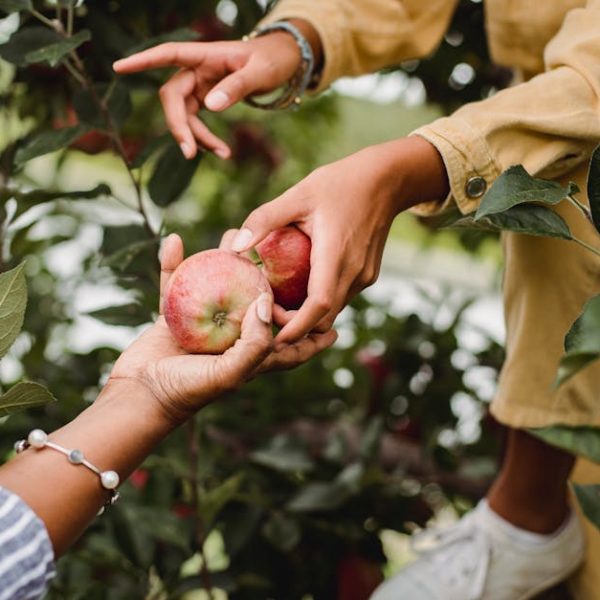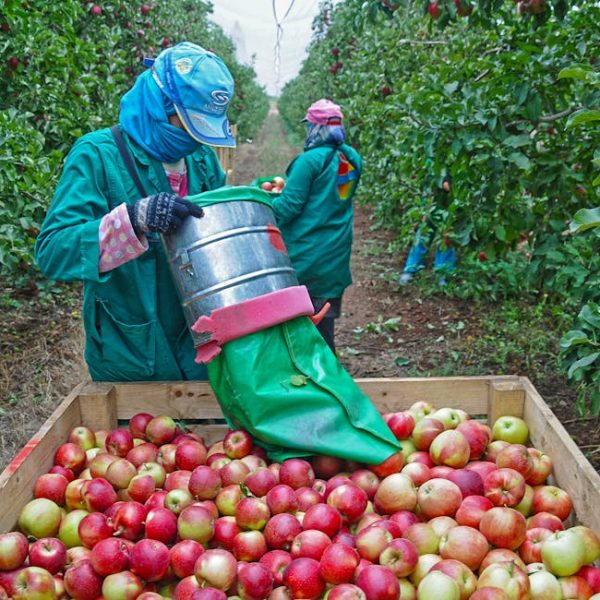Pinto beans are a gardener’s pillar of strength: nutrient-dense, uncomplicated to cultivate, and capable of enhancing soil fertility. This classic staple, when thoroughly understood, can yield a remarkably gratifying return on effort. Let’s look over some organic gardening methods to plant and sustain these healthy legumes.
Understanding the Basics of Pinto Beans
Pinto beans, with their distinctive speckled appearance, are an annual cool-season crop belonging to the legume family. As nitrogen-fixing plants, they aid in enhancing the soil fertility. They flourish well within a temperature range of 60-85 degrees Fahrenheit, requiring full sun exposure.
Key facts about pinto beans:
- The seeds germinate within 8-10 days.
- They mature in about 90 to 150 days.
- They offer a rich source of protein, fiber, vitamins, and minerals.
When selecting whether or not to include pinto beans in your garden:
- Pro Tip: Be mindful of your climate zone. While pinto beans are generally hardy, early frosts can disrupt the maturing process and should be anticipated in colder climates.
Proper Timing for Planting Pinto Beans
Pinto beans are best planted in spring when the earth warms to at least 60 degrees Fahrenheit. Early to mid-May is optimal for most regions.
| Season | Growth Cycle | Yield |
|---|---|---|
| Spring | 90-120 days | High |
| Summer | 120-150 days | Medium |
| Fall | Not recommended | Low |
As a best practice, rotate your crops yearly to prevent soil-borne diseases and to improve the fertility of your soil.
Preparing the Soil for Pinto Beans
Pinto beans favor well-draining, loamy soil with a pH around 6.0. To set your pinto beans up for success, the groundwork matters.
Checklist for soil preparation:
- Test the soil pH and amend if needed.
- Incorporate organic matter to improve soil fertility and structure.
- Ensure the area has good drainage.
- Create planting rows or mounds, if desired.
Pros & cons of soil types for pinto beans:
Loamy Soil
- Pros: Excellent fertility, perfect drainage
- Cons: Difficult to find if not native to your region
Clay Soil
- Pros: Retains moisture well
- Cons: Poor drainage, which can suffocate roots
Sandy Soil
- Pros: Excellent drainage
- Cons: Low nutrients and tends to dry out quickly
Soil preparation must be accurate, a step often overlooked by beginners. Do it right and the rewards are plenty.
Planting Pinto Beans Successfully
Start by planting pinto beans one to one-and-a-half inches deep and two to four inches apart. They’ll need a good soak afterward to quick-start the growth process.
Adhere to the following best practices:
- Be careful not to plant too deeply; this can impede germination.
- Use a trellis for vine-type pinto beans for support and easy harvesting.
Mistakes can occur, even among the seasoned gardeners. Avoid overwatering initially – this can cause your seeds to rot before they’ve had a chance to sprout.
Tending to Pinto Beans Post-Planting
Regular care for pinto beans should involve controlled watering, routine weeding, and safeguarding against pests. Legumes, fortunately, have fewer pest problems compared to other crops.
Post-planting key points:
- Regularly water, especially during dry spells.
- Use mulch to combat weeds and retain moisture.
- Be prepared for pests like aphids and leafhoppers.
Understanding when your bean plants are in trouble is an early step towards effective plant healthcare. Yellowing leaves or stunted growth, for example, might point to a lack of nutrients, over-watering, or an unseen pest. Stay vigilant, stay proactive. Your flourishing pinto beans await!
Harvesting and Storing Pinto Beans
Harvesting pinto beans is as rewarding as it is straightforward. Once they’ve reached their full size – typically three to four months after planting – and their pods have dried out, they’re ready to be picked.
Here’s a step-by-step guide:
- Check the pods: Pods should be filled out and the beans inside should be hard.
- Pick the pods: Pull gently on each pod to remove it from the plant.
- Dry and shell: Allow pods to dry out for two weeks, then remove the beans from the pods.
- Store: Keep your pinto beans in a cool, dry place.
To reap the benefits of your bounty year-round, proper storage is essential.
- Pro Tip: Store your dried pinto beans in airtight containers in a dark, cool, and dry spot. They can last for up to a year if stored properly.
Common Problems and Solutions in Growing Pinto Beans
Like any plant, pinto beans can experience a few issues. However, there’s typically a simple solution to most predicaments. Here are a few common problems and solutions:
- Dampening off: This is caused by overly damp soil and can be combated by ensuring proper drainage.
- Aphids: Use a strong spray of water to knock them off the plant or introduce ladybugs which are natural predators to aphids.
- Rust: Keep plants well-spaced to ensure good air circulation. Remove any leaves at the first sign of infection.
Problems will arise, but with simple, proactive steps, you can prevent or mitigate most issues and keep your pinto beans thriving.
Pinto Beans: Nature’s Hidden Gem
Pinto beans are not just another pretty plant. Their high protein content, nutritious nature, ease of growth, and soil-enhancing abilities make them essential to any home garden. By understanding their basic requirements and applying best practices, growers can enjoy a plentiful yield of pinto beans with little effort.
Now that you’ve gained some insight into growing pinto beans:
- Pro Tip: Consider incorporating companion plants like corn or squash into your garden. Companion planting can help repel pests, enhance growth, and maximize garden space.
With care, attention, and a few awesome tricks, you’ll soon have a flourishing, healthy pinto bean patch that provides nutrient-dense food for you and your family year-round. Happy gardening!
Key Takeaway:
- Pinto beans are a beneficial addition to any garden due to their nutritional value and ability to enhance soil fertility.
- They are best planted in spring, in well-draining, loamy soil with a pH of around 6.0.
- After planting, they require regular watering, weeding, and safeguarding against pests.
- Harvesting becomes necessary after about 3-4 months, when the pod dries and beans are hard.
- Stored properly, harvested pinto beans can last up to a year.
It’s evident that gardening pinto beans can be a highly rewarding venture, both nutritionally and in terms of gardening skill advancement. Your patience, attention, and utilization of growers’ tricks will yield amazing results. Always remain proactive in plant care, address any issues early and you will attain a flourishing and healthy yield.
FAQs
Q: How can I increase my pinto bean yield?
A: For higher yield, ensure you’re planting at the right time, in suitable soil, and following recommended watering, weeding, and pest management practices. The use of compost can also enrich your soil and boost yields.
Q: Can I use pinto beans from the grocery store for planting?
A: While it is possible to plant beans from the grocery store, it’s not recommended. Store-bought beans are often treated or processed in ways that can hinder germination.
Q: What should I do if my pinto bean plant leaves are turning yellow?
A: Yellowing leaves can indicate a range of problems from nutrient deficiency to overwatering. Test your soil, adjust your watering, and assess for pests.
Q: Can pinto beans grow in a pot?
A: Yes, pinto beans can be grown in pots or containers. Just make sure there is enough depth for root growth and good draining soil.
Q: Do I need to rotate my pinto bean plants every season?
A: It’s advisable to practice crop rotation. This practice helps in managing soil fertility and in reducing the build-up of soil-borne diseases.
Feel free to share this article for others to benefit from these awesome tricks for growing and planting pinto beans. Take a tour of our website for more gardening posts and happy gardening!






